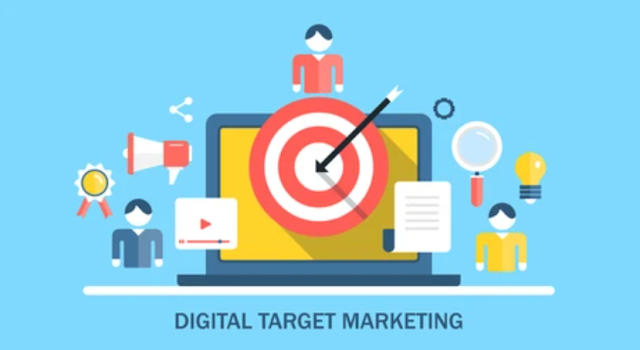Targeting the Right Audience: Segmentation and Personalization
In today's crowded marketplace, reaching the right audience with the right message is essential for the success of any business. To achieve this, businesses must employ effective targeting strategies that allow them to segment their audience and personalize their marketing efforts. In this article, we will explore the importance of audience targeting, discuss segmentation techniques, and delve into the power of personalization in driving engagement and conversions.
The Importance of Audience Targeting
Audience targeting involves identifying and understanding the specific characteristics, preferences, and needs of your target audience. By narrowing down your focus and tailoring your marketing efforts to a well-defined audience, you can increase the relevance and effectiveness of your messaging. Here's why audience targeting is crucial:
- Relevance: By targeting the right audience, you ensure that your marketing messages are relevant to their needs and interests. This relevance enhances the chances of capturing their attention, engaging them with your content, and ultimately driving conversions.
- Efficiency: Targeting a specific audience allows you to optimize your marketing resources and budget. Rather than spreading your efforts thinly across a broad demographic, you can concentrate your resources on those most likely to be interested in your products or services. This targeted approach maximizes the efficiency of your marketing campaigns.
- Better Understanding: Audience targeting provides valuable insights into your customers. By analyzing their behavior, preferences, and demographics, you gain a deeper understanding of their needs, pain points, and motivations. This understanding enables you to craft more impactful marketing messages and develop products or services that cater specifically to their requirements.
Segmentation Techniques for Audience Targeting
Segmentation involves dividing your target audience into distinct groups based on shared characteristics. Here are some common segmentation techniques:
- Demographic Segmentation: Demographic factors such as age, gender, income, occupation, and location can provide valuable insights into consumer behavior. By understanding these characteristics, you can tailor your marketing efforts to specific demographics that align with your target market.
- Psychographic Segmentation: Psychographic factors focus on consumers' lifestyles, values, interests, and attitudes. By categorizing your audience based on psychographic profiles, you can develop marketing strategies that resonate with their beliefs and preferences.
- Behavioral Segmentation: Behavioral segmentation looks at consumer actions, such as purchase history, browsing behavior, and engagement with previous marketing campaigns. By understanding these behaviors, you can target specific segments with personalized offers, recommendations, and messaging.
- Geographic Segmentation: Geographic segmentation involves dividing your audience based on their geographical location. This segmentation is particularly relevant for businesses that have a physical presence or need to adapt their marketing efforts to regional preferences and needs.
The Power of Personalization
Personalization is the practice of tailoring marketing messages and experiences to individual customers. By leveraging the data and insights gathered through segmentation, businesses can deliver personalized content, offers, and recommendations. Here's why personalization is powerful:
- Enhanced Customer Experience: Personalization creates a more customized and relevant experience for customers. By delivering content that speaks directly to their needs, interests, and preferences, you provide a more engaging and satisfying experience, fostering customer loyalty and repeat business.
- Increased Engagement: Personalized messages are more likely to capture and retain the attention of your audience. By delivering targeted content that resonates with their specific interests and pain points, you can drive higher engagement rates and encourage interaction with your brand.
- Improved Conversions: Personalization has been proven to drive higher conversion rates. When customers receive personalized offers, recommendations, or incentives based on their specific needs, they are more likely to take action and make a purchase. Personalization creates a sense of relevance and urgency, boosting conversion rates.
- Customer Retention: Personalization is key to building long-term customer relationships. By consistently delivering personalized experiences, you establish a stronger bond with your customers, increasing their satisfaction and loyalty. Repeat business and customer advocacy become more likely, leading to higher retention rates.
- Data-Driven Optimization: Personalization allows businesses to collect valuable data on customer preferences and behaviors. By analyzing this data, you can gain insights into what resonates with different segments of your audience, enabling you to refine your marketing strategies and optimize future campaigns.
In conclusion, targeting the right audience through segmentation and personalization is crucial for effective marketing. By segmenting your audience based on demographics, psychographics, behavior, and geography, you can tailor your messages to specific segments. Personalization takes targeting a step further by delivering individualized experiences and content. The combination of segmentation and personalization leads to increased relevance, efficiency, customer understanding, and engagement. Embrace these strategies to connect with your audience on a deeper level and drive meaningful interactions that result in increased conversions and customer loyalty.











